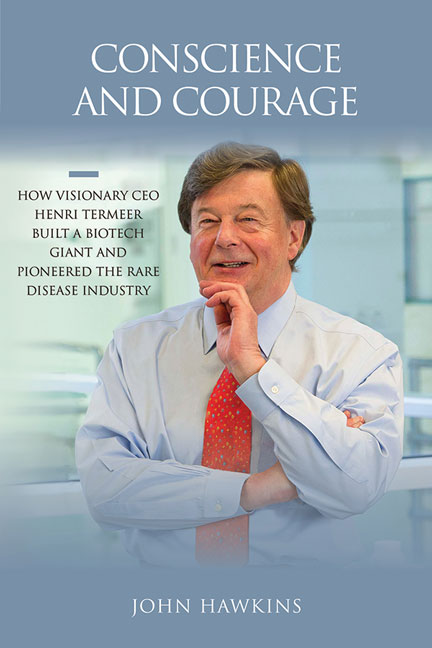Author: Karl Haglund
Title: Inventing the Charles River
Publication Info: Cambridge : MIT Press, c2003.
Summary/Review:
 One would assume that a body of water like the Charles River is natural, but Karl Haglund – and urban planner and historian with the Massachusetts’ Department of Conservation and Recreation – presents evidence that the river we know today is largely human made. From the arrival of European settlers in the 17th century the river has been modified with landfill (most notably the decades-long Back Bay project), dammed, and converted from a brackish tidal estuary into essentially a freshwater lake.
One would assume that a body of water like the Charles River is natural, but Karl Haglund – and urban planner and historian with the Massachusetts’ Department of Conservation and Recreation – presents evidence that the river we know today is largely human made. From the arrival of European settlers in the 17th century the river has been modified with landfill (most notably the decades-long Back Bay project), dammed, and converted from a brackish tidal estuary into essentially a freshwater lake.
The history of the Charles River involves a lot of planning and competing interests ranging from industrial to parks and recreation to parkways and highways. One thing I never knew is that a lot of 19th century planners were influenced by the Alster Basin in Hamburg when designing for the Charles River. A lot of the designs that never came to fruition are interesting. Several designers wanted to place an island in the middle of the basin, with one proposal specifying that one channel would be the width of the Seine in Paris while on the other side the channel would be the width of the Thames in London. Many proposals were made to have Harvard Yard address the Charles River but didn’t get built. MIT was more successful at having a formal courtyard between the river and its main building, but somehow I never noticed that.
The later chapters deal with highway construction and conflicts with parklands in great detail. While I knew that Storrow Drive was built on the Charles River Embankment (against the wishes of James and Helen Storrow), I’d never seen before and after pictures, and it made me mad to see what we lost. In the 1950s and 1960s, highways were built because of available federal funding without thought to which highways were even most needed, just that they could be built. The last stretch of the river before emptying into Boston Harbor became known as “the lost half mile” due to being covered by railroad and motor vehicle bridges, dams, and industrial uses.
“The lost half mile” is transformed in the final chapters as part of the Central Artery/Tunnel project (aka “The Big Dig”) which Haglund describes in great detail (perhaps too much detail). The plan known as Scheme Z evolved to provide new river crossings – including the landmark Leonard P. Zakim Bunker Hill Bridge – while restoring the river banks with new parks. This book was published 20 years ago before the Big Dig and associated projects were completed, and I suspect Haglund could write another chapter or two about the changes in just the last two decades.
This richly-illustrated coffee table style book is dense in text and requires a physical effort to read, but is enjoyable to pop in and read chapter by chapter. The final chapter is especially interesting with images of specific locations on the river at different points in history to compare and contrast.
Recommended books:
- A Clearing In The Distance: Frederick Law Olmsted and America in the 19th Century by Witold Rybczynski
- Eden on the Charles: The Making of Boston by Michael Rawson
- Boston’s Back Bay: The Story of America’s Greatest Nineteenth-Century Landfill Project by William Newman
- A City So Grand: The Rise of an American Metropolis, Boston 1850-1900 by Stephen Puleo
- Back Bay: A Living Portrait by Barbara W. Moore
- Boston: A Topographical History by Walter Muir Whitehill
- Lost Boston by Jane Holtz Kay
- The Death and Life of Great American Cities by Jane Jacobs
Rating: ****



